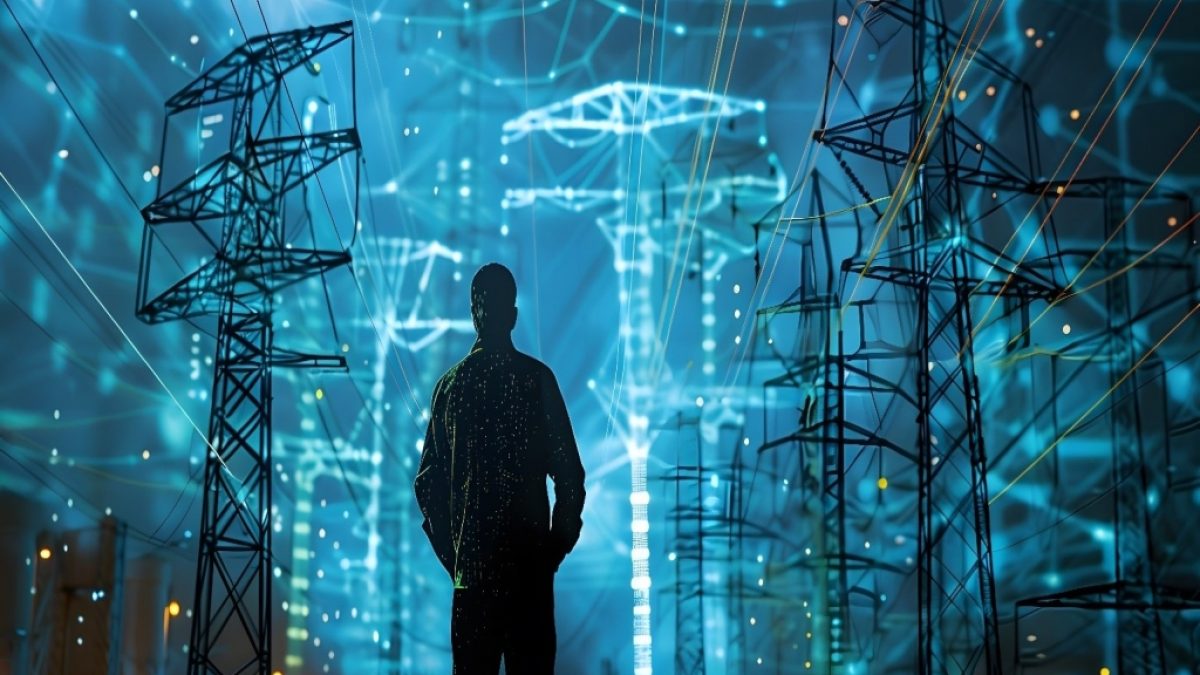Hariprasad Sivaraman, USA
Introduction
The energy grid is one of the most critical infrastructures in the United States, powering homes, businesses, and essential services. However, it is also one of the most vulnerable targets for cyber-physical attacks, where cyber intrusions lead to physical disruptions of operations. Recent incidents, such as the ransomware attack on Colonial Pipeline in 2021, underscore the growing threat of cyberattacks on energy infrastructure. To protect the nation’s power systems and ensure their resilience, artificial intelligence (AI) has emerged as a transformative tool, enabling advanced threat detection, real-time monitoring, and rapid response capabilities.
The Growing Threat of Cyber-Physical Attacks
Cyber-physical attacks on energy grids are sophisticated and highly targeted, often perpetrated by nation-state actors or well-funded criminal organizations. These attacks can infiltrate operational technology (OT) systems, disrupt power generation, and even cause physical damage to critical infrastructure. Such breaches can lead to widespread blackouts, economic losses, and compromised national security. Traditional defenses, such as firewalls and manual monitoring, are no longer sufficient to address the complexity and scale of these threats, making AI-driven solutions essential.
How AI Secures Energy Grids
Artificial intelligence brings a proactive and adaptive approach to securing energy grids by leveraging advanced analytics, machine learning, and real-time data processing. Here are the key ways AI strengthens grid security:
- Anomaly Detection and Predictive Analytics
AI-powered systems monitor network traffic and operational data to identify anomalies that could indicate potential cyber intrusions. By analyzing historical and real-time data, predictive models can forecast potential vulnerabilities and prevent incidents before they occur. - Real-Time Threat Detection and Response
AI enables the real-time identification of unusual activities, such as unauthorized access to control systems or unexpected changes in operational parameters. Automated response mechanisms can isolate affected systems, block malicious traffic, and neutralize threats within seconds. - Integration of IT and OT Security
Energy grids rely on both IT (information technology) and OT systems, which often operate in silos. AI bridges this gap by providing unified visibility and security across both domains, ensuring comprehensive protection against cyber-physical threats. - Resilience Through Self-Learning Systems
AI systems continuously learn from new data and evolving attack patterns, enabling them to adapt to emerging threats. This self-learning capability is crucial for defending against sophisticated, zero-day attacks that exploit unknown vulnerabilities.
Applications for National Security
Securing energy grids is a matter of national security for the United States, as disruptions can have far-reaching consequences. AI plays a vital role in protecting this critical infrastructure by:
- Defending Against Nation-State Attacks: AI-driven threat detection systems safeguard energy grids from adversaries seeking to destabilize the nation’s power supply.
- Ensuring Continuity of Operations: By enabling rapid detection and response, AI minimizes the risk of prolonged outages that could affect millions of citizens.
- Protecting Renewable Energy Systems: As the U.S. transitions to renewable energy sources, AI ensures the security of smart grids, which rely on interconnected devices and distributed generation.
Challenges in Implementing AI for Grid Security
While AI offers immense potential, its implementation in energy grid security is not without challenges. Legacy systems in many parts of the grid may lack the infrastructure to support AI integration. Additionally, adversarial attacks on AI models, such as data poisoning, can compromise their effectiveness. Addressing these challenges requires investments in modernization, robust AI governance frameworks, and collaboration between government and private sectors.
Conclusion
As cyber-physical threats to energy grids continue to grow in sophistication, the adoption of AI-driven security measures is no longer optional—it is imperative. By enabling predictive analytics, real-time threat detection, and automated responses, AI provides the tools needed to protect the nation’s critical energy infrastructure. For the United States, investing in AI-powered grid security not only safeguards public safety and economic stability but also reinforces its global leadership in cybersecurity innovation. In the face of evolving threats, AI ensures that the U.S. energy grid remains resilient, adaptive, and secure.
Disclaimer: The views and opinions expressed in this blog are those of the author and do not necessarily reflect the official policy or position of any organization, agency, or entity. The content provided is for informational purposes only and is based on research available at the time of writing. While efforts are made to ensure accuracy, the author does not guarantee the completeness, reliability, or suitability of the information. Readers should verify any information independently before making decisions based on it. The author is not responsible for any errors or omissions or for any actions taken based on the content provided.






